Content Menu
● Market Overview
● Key Market Segments for Swimsuit Vendors
● Trends in Swimsuit Vendors for 2024
● Trends Shaping the Future of Swimsuit Vendors
● Challenges Facing Swimsuit Vendors
● Strategies for Success in the Swimwear Market
● Top Swimsuit Brands in 2024
● Key Players in the Swimwear Market
● Sustainability in Swimsuit Vendors
● Target Audience for Swimsuit Vendors
● Conclusion
In the ever-changing world of fashion, swimsuit vendors play a crucial role in bringing the latest styles and designs to consumers worldwide. The global swimwear market has been experiencing significant growth and transformation in recent years, presenting both challenges and opportunities for swimsuit vendors. This article delves into the current state of the swimsuit industry, exploring market trends, key players, and the factors shaping the future of swimsuit vendors.
Market Overview
The global swimwear market has been witnessing positive trends over the past few years, with swimsuit vendors capitalizing on increasing consumer demand for fashionable and functional swimwear. According to recent market research, the swimwear market was valued at USD 20.47 billion in 2023 and is projected to reach USD 30.59 billion by 2032, exhibiting a compound annual growth rate (CAGR) of 4.68% during the forecast period. This growth presents significant opportunities for swimsuit vendors to expand their businesses and capture a larger market share.
Swimsuit vendors operate in a highly competitive market, with numerous players vying for consumer attention. The market is segmented based on various factors, including fabric type, end-user, distribution channel, and region. Understanding these segments is crucial for swimsuit vendors to tailor their offerings and marketing strategies effectively.
The women's swimwear segment is particularly noteworthy, with an estimated market size of $9.19 billion in 2024, projected to reach $10.57 billion by 2029. This growth is fueled by the increasing participation of women in sports and recreational activities, as well as a heightened focus on body positivity and inclusivity in swimwear designs.
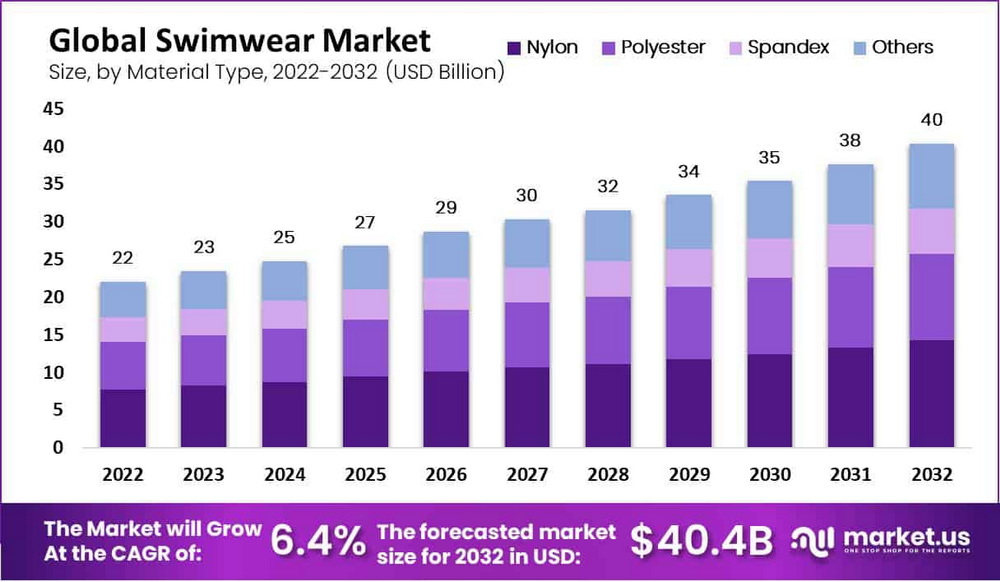
Key Market Segments for Swimsuit Vendors
◆ Fabric Type: Swimsuit vendors must stay abreast of the latest fabric technologies and consumer preferences. The market is primarily dominated by polyester, nylon, and spandex materials. Innovative swimsuit vendors are also exploring sustainable and eco-friendly fabric options to cater to environmentally conscious consumers.
◆ End-User: The swimwear market is segmented into men's, women's, and children's categories. Women's swimwear continues to be the largest segment, offering swimsuit vendors the most significant opportunities for growth and innovation. However, the men's and children's segments are also showing promising growth, presenting swimsuit vendors with opportunities to diversify their product lines.
◆ Distribution Channel: Swimsuit vendors utilize both online and offline channels to reach their target audience. With the rise of e-commerce, many swimsuit vendors are focusing on enhancing their online presence and digital marketing strategies. However, brick-and-mortar stores remain important, especially for consumers who prefer to try on swimwear before purchasing.
◆ Region: The global swimwear market is geographically diverse, with Asia Pacific dominating the market with a 32.44% share in 2023. North America, Europe, Latin America, and the Middle East and Africa are also significant markets for swimsuit vendors, each with its unique trends and consumer preferences.
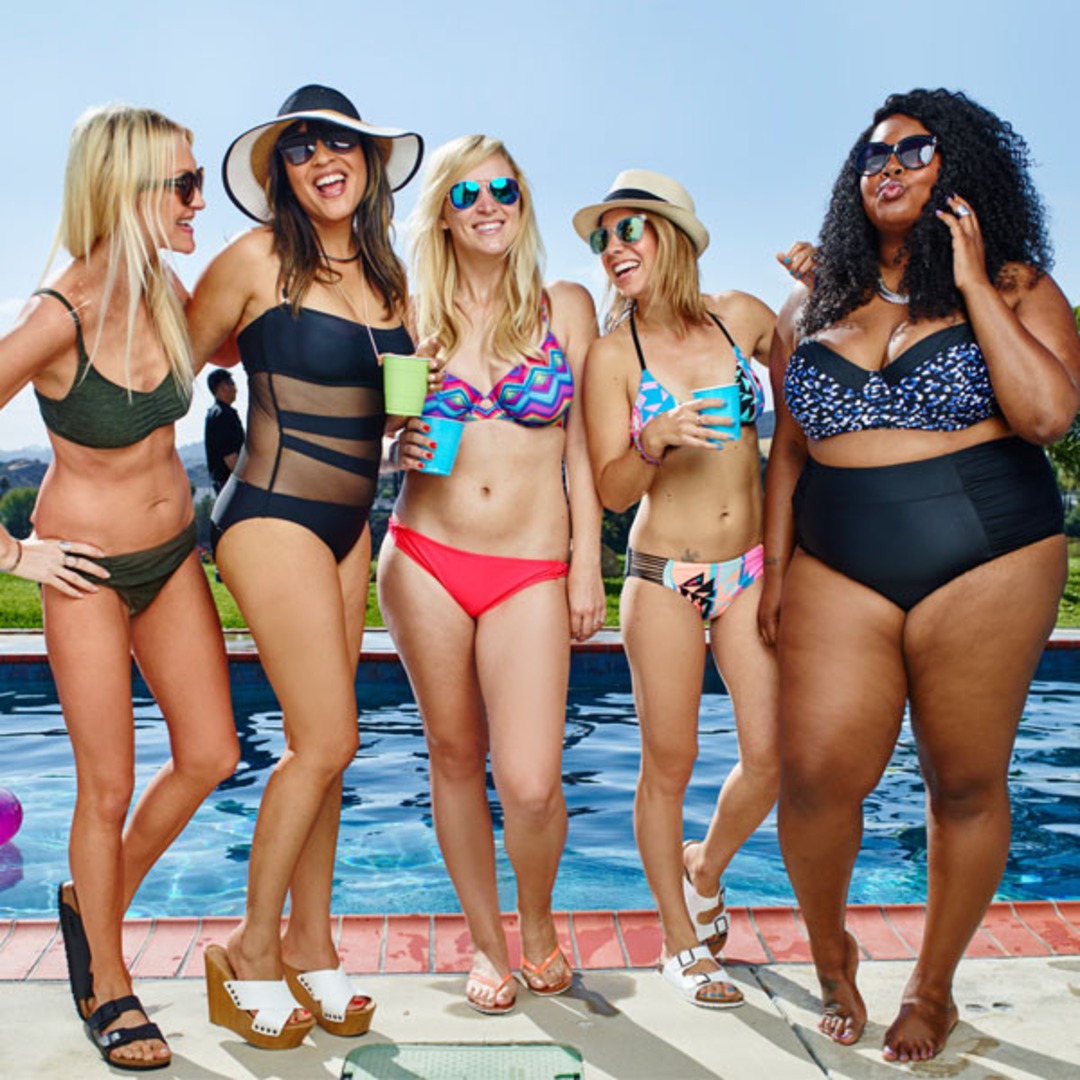
Trends in Swimsuit Vendors for 2024
As we look ahead to 2024, several key trends are emerging in the swimsuit market. These trends reflect changing consumer preferences and the influence of fashion on swimwear design:
◆ Young Adults: This group, particularly women aged 18-35, is a significant market for trendy and affordable swimwear. Brands like Aerie and Hunza G cater specifically to this demographic with their stylish and inclusive designs.
◆ Families: Parents purchasing swimwear for their children represent another vital segment. Brands that offer matching family sets or children's swimwear are well-positioned to capture this market.
◆ Fitness Enthusiasts: Individuals who swim for exercise or participate in water sports are also key consumers. This audience often seeks functional swimwear that provides support and durability.
◆ Eco-Conscious Consumers: With the rise of sustainable fashion, there is a growing segment of consumers who prioritize eco-friendly products. Brands that emphasize sustainability in their marketing are likely to attract this audience.

Trends Shaping the Future of Swimsuit Vendors
◆ Sustainability: Eco-conscious consumers are driving demand for sustainable swimwear options. Forward-thinking swimsuit vendors are incorporating recycled materials, such as recycled plastic bottles, into their designs. This trend not only appeals to environmentally aware customers but also helps swimsuit vendors differentiate themselves in a crowded market.
◆ Inclusivity and Diversity: Swimsuit vendors are increasingly recognizing the importance of catering to diverse body types and skin tones. Many are expanding their size ranges and offering a wider variety of styles to accommodate different body shapes and preferences. This inclusive approach helps swimsuit vendors tap into previously underserved market segments.
◆ Multifunctional Swimwear: As consumers seek versatility in their wardrobes, swimsuit vendors are developing multifunctional swimwear that can be worn both in and out of the water. This trend includes swimsuits that can double as bodysuits or tops, appealing to consumers looking for more value from their purchases.
◆ Technological Advancements: Innovative swimsuit vendors are incorporating technology into their products, such as UV protection, quick-drying fabrics, and even smart textiles that can monitor vital signs. These advancements not only improve the functionality of swimwear but also provide unique selling points for swimsuit vendors.
◆ Customization and Personalization: With the rise of digital technologies, some swimsuit vendors are offering customization options, allowing customers to design their own swimwear or choose from a range of mix-and-match components. This trend caters to consumers' desire for unique, personalized products and can help swimsuit vendors build stronger customer relationships.

Challenges Facing Swimsuit Vendors
While the swimwear market presents numerous opportunities, swimsuit vendors also face several challenges:
◆ Seasonality: The swimwear industry is highly seasonal, with peak demand during summer months. Swimsuit vendors must carefully manage inventory and cash flow to navigate these fluctuations. Some vendors are addressing this challenge by expanding into resort wear or targeting markets with year-round warm climates.
◆ Counterfeit Products: The presence of counterfeit swimwear in the market poses a significant threat to legitimate swimsuit vendors 5. These fake products not only impact sales but can also damage brand reputation. Swimsuit vendors must invest in anti-counterfeiting measures and educate consumers about the importance of purchasing authentic products.
◆ Changing Consumer Preferences: Fashion trends in swimwear can change rapidly, requiring swimsuit vendors to be agile and responsive to market demands. Vendors must continuously innovate and adapt their product lines to stay relevant in a fast-paced industry.
◆ Supply Chain Disruptions: Recent global events, such as the COVID-19 pandemic, have highlighted the vulnerability of supply chains. Swimsuit vendors must develop resilient supply chain strategies to mitigate risks and ensure consistent product availability.
◆ Increasing Competition: The swimwear market is becoming increasingly crowded, with new entrants and established fashion brands expanding into the swimwear category. Swimsuit vendors must differentiate themselves through unique designs, superior quality, or innovative marketing strategies to stand out in a competitive landscape.
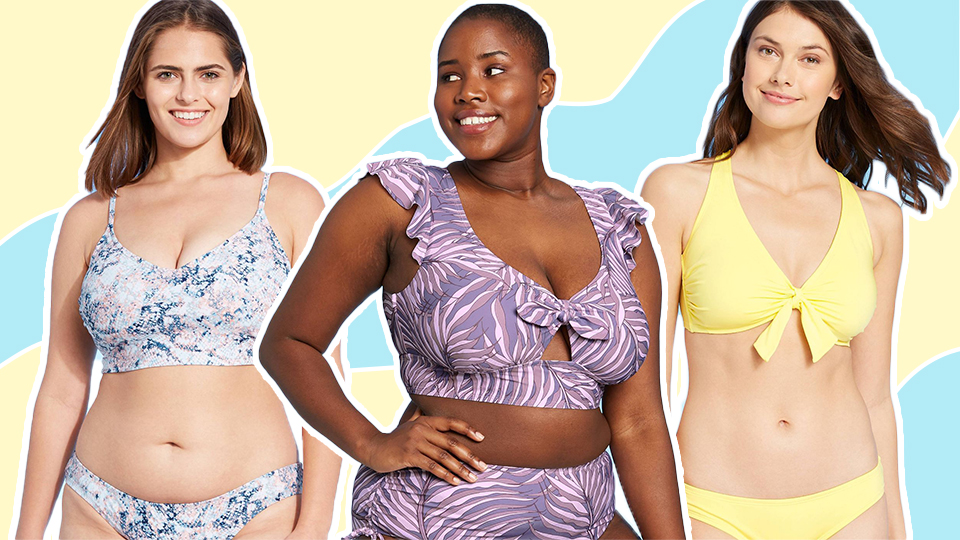
Strategies for Success in the Swimwear Market
To thrive in this dynamic industry, swimsuit vendors should consider the following strategies:
◆ Embrace Digital Transformation: Swimsuit vendors should invest in robust e-commerce platforms and digital marketing strategies to reach a wider audience and provide seamless online shopping experiences. This includes leveraging social media platforms and influencer partnerships to showcase products and engage with customers.
◆ Focus on Sustainability: By incorporating sustainable materials and practices into their production processes, swimsuit vendors can appeal to eco-conscious consumers and contribute to a more environmentally friendly industry.
◆ Diversify Product Offerings: Expanding product lines to include related items such as cover-ups, beach accessories, and resort wear can help swimsuit vendors reduce seasonality impacts and capture a larger share of the beachwear market.
◆ Invest in Innovation: Continuous research and development in fabric technologies, design techniques, and manufacturing processes can help swimsuit vendors stay ahead of the competition and meet evolving consumer needs.
◆ Prioritize Customer Experience: Providing excellent customer service, easy return policies, and personalized shopping experiences can help swimsuit vendors build customer loyalty and encourage repeat purchases.
◆ Collaborate and Partner: Strategic partnerships with complementary brands, designers, or influencers can help swimsuit vendors expand their reach and tap into new market segments.

Top Swimsuit Brands in 2024
The swimsuit market is home to numerous brands, each with its unique offerings. Some of the top swimsuit vendors for 2024 include:
◆ Aerie: Known for its affordable and stylish swimwear, Aerie has become a favorite among young consumers for its body-positive messaging and inclusive sizing.
◆ Vitamin A: A pioneer in sustainable swimwear, Vitamin A uses recycled materials to create stylish and eco-friendly swimsuits.
◆ Hunza G: This brand is celebrated for its flattering, stretchy swimsuits that cater to a variety of body types, making it a go-to for many women.
◆ Seafolly: An Australian brand known for its vibrant prints and high-quality materials, Seafolly is a staple in the swimwear market.
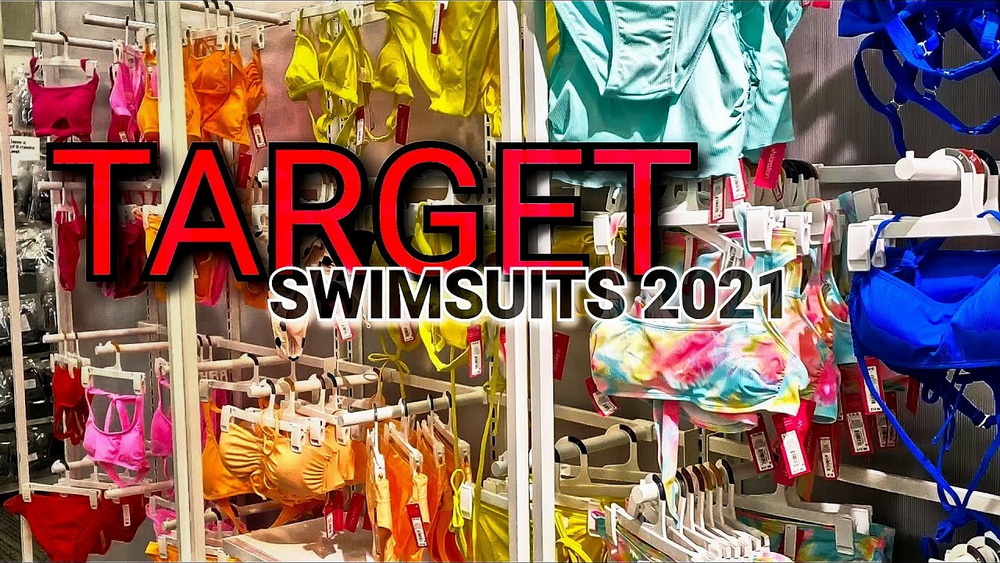
Key Players in the Swimwear Market
The global swimwear market is home to numerous swimsuit vendors, ranging from large multinational corporations to small, specialized boutiques. Some of the prominent players in the industry include:
◆ Pentland Group PLC
◆ Jockey International Inc
◆ LVMH Moet Hennessy Louis Vuitton
◆ Nike Inc.
◆ Perry Ellis International Inc.
◆ Chanel Group
◆ H&M
◆ Puma SE
These swimsuit vendors, along with many others, contribute to the dynamic and competitive nature of the swimwear market.
Sustainability in Swimsuit Vendors
Sustainability is becoming a crucial focus for swimsuit vendors as consumers increasingly prioritize eco-friendly products. Many brands are now using recycled materials, such as nylon and polyester, to create their swimwear. For instance, Vitamin A's EcoLux™ fabric is made from recycled nylon, significantly reducing water usage during production.
Additionally, brands like Summersalt are committed to sustainability by using eco-friendly fabrics and ensuring ethical manufacturing processes. This shift towards sustainability not only helps the environment but also resonates with consumers who are more aware of their purchasing choices.
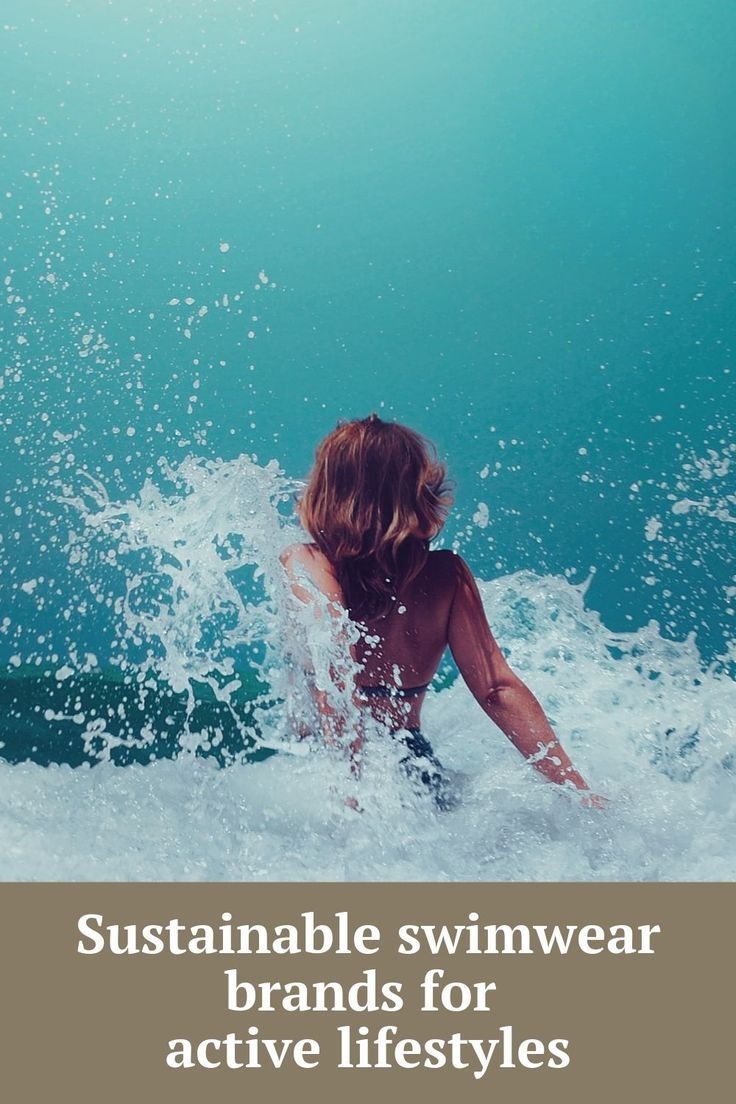
Target Audience for Swimsuit Vendors
Understanding the target audience is essential for swimsuit vendors to effectively market their products. The primary demographics include:
◆ Young Adults: This group, particularly women aged 18-35, is a significant market for trendy and affordable swimwear. Brands like Aerie and Hunza G cater specifically to this demographic with their stylish and inclusive designs.
◆ Families: Parents purchasing swimwear for their children represent another vital segment. Brands that offer matching family sets or children's swimwear are well-positioned to capture this market.
◆ Fitness Enthusiasts: Individuals who swim for exercise or participate in water sports are also key consumers. This audience often seeks functional swimwear that provides support and durability.
◆ Eco-Conscious Consumers: With the rise of sustainable fashion, there is a growing segment of consumers who prioritize eco-friendly products. Brands that emphasize sustainability in their marketing are likely to attract this audience.
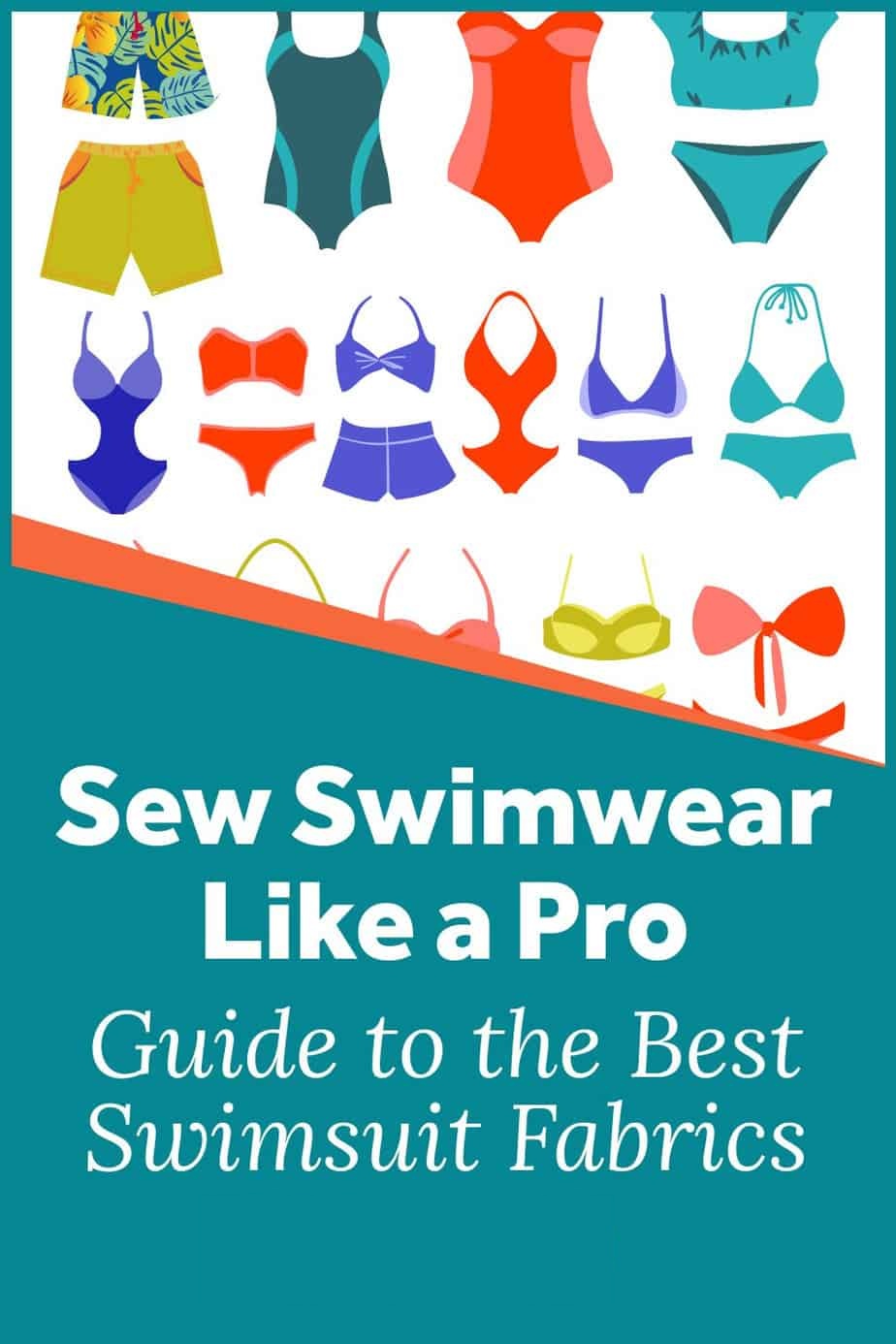
Conclusion
The global swimwear market presents a wealth of opportunities for swimsuit vendors who are willing to adapt to changing consumer preferences, embrace innovation, and prioritize sustainability. As the industry continues to evolve, successful swimsuit vendors will be those who can navigate the challenges of seasonality, competition, and changing fashion trends while delivering high-quality, desirable products to their target markets.
By staying attuned to market trends, investing in digital technologies, and focusing on customer experience, swimsuit vendors can position themselves for success in this growing and dynamic industry. As consumers increasingly seek out swimwear that combines style, functionality, and sustainability, swimsuit vendors who can meet these demands will be well-positioned to thrive in the years to come.
The future of the swimwear market looks bright, with continued growth projected in the coming years. Swimsuit vendors who can capitalize on emerging trends, overcome industry challenges, and deliver innovative products will be at the forefront of this exciting and ever-changing industry. As we look ahead, it's clear that the world of swimsuit vendors will continue to evolve, offering new opportunities for businesses and exciting choices for consumers around the globe.










































